Lucky Charms for Gambling
Throughout history and across cultures, good luck charms have held a significant place in the hearts and minds of people. These objects, animals, or symbols are believed to bring good fortune, protect against evil, and sometimes even attract wealth or love. But what exactly constitutes a good luck charm, and how do they vary across the world? Let’s embark on a journey to explore the fascinating universe of charms, including lucky charms in gambling, their origins, and their manifestations across different cultures.
What is a Good Luck Charm
A good luck charm transcends being merely an object; it is a beacon of hope and a vessel for the desires of the human heart, embodying the ancient and universal quest for fortune and protection against the vicissitudes of fate. Rooted in the mystic traditions and folklore of diverse cultures, these charms range from simple stones, feathers, and coins, to intricate amulets inscribed with runes or adorned with precious stones. Each carries a story, a lineage of belief that stretches back through generations, imbued with the power to influence the unseen, to sway the odds in favor of the bearer. Beyond their material form, good luck charms serve as a tangible connection to the collective hopes and fears of humanity, a mirror reflecting our enduring search for a semblance of control over the random chances of life. They are not just objects but symbols of our deepest desires for health, wealth, love, and harmony, serving as a testament to the enduring human spirit that, even in the face of the unfathomable mysteries of existence, dares to dream of a better, luckier tomorrow.
History of Good Luck Charms
Tracing the lineage of good luck charms reveals a journey that intertwines with the very fabric of human civilization. These talismans, amulets, and symbols, steeped in mysticism and lore, served as humanity’s early attempts to sway the forces of destiny in their favor. Ancient cultures, from the sands of Egypt where the life-affirming scarab beetle was venerated, to the expansive Roman Empire, where symbols of fertility were invoked to ward off malign influences, embraced these objects with reverence. They were often crafted from materials believed to possess intrinsic power, etched with sigils of protection, or shaped to embody the divine and the natural world’s guardians. This historical odyssey of charms showcases humanity’s enduring quest to harness the ethereal essence of luck, weaving a narrative of hope, belief, and the universal desire for a benevolent twist of fate.
Charms Universally Associated with Luck
Across cultures and continents, certain symbols and objects have transcended borders to become universally recognized as bearers of good fortune. One such example is the humble four-leaf clover, treasured in Irish folklore for its rarity and believed to bestow luck upon those who find it. Similarly, the horseshoe, an emblem of protection against evil spirits when hung above doorways, has found its way into the traditions of many European countries. Another intriguing charm is the lucky number seven, revered in diverse societies for its mystical significance and association with blessings. These symbols, steeped in history and myth, serve as tangible reminders of humanity’s enduring fascination with luck and its timeless quest for auspiciousness in life’s journey.
European Good Luck Charms
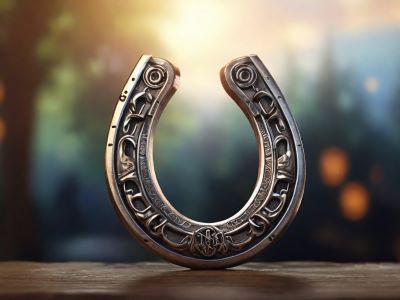
Europe is a treasure trove of good luck charms, each with its own intriguing backstory and cultural significance. Take, for example, the Horseshoe—a symbol believed to have originated in ancient Greece and Rome, where it was associated with the god Jupiter. The tradition of hanging a horseshoe above doorways for luck persisted through the centuries, with variations in different European countries. In Ireland, for instance, it’s customary to hang the horseshoe with the ends pointing upward to ensure that luck doesn’t “spill out.” Another fascinating European charm is the Chimney sweep figurine, particularly popular in Germany and Austria. Dating back to the 18th century, these miniature chimney sweeps are often carried as talismans or displayed in homes to bring good luck and ward off misfortune. Lastly, the humble Acorn holds a special place in European folklore as a symbol of potential and prosperity. In ancient times, carrying an acorn was believed to protect against illness and bring abundance. Even today, you can find acorn-themed jewelry and trinkets as symbols of good fortune across Europe. These European good luck charms not only add charm to daily life but also reflect the diverse cultural tapestry of the continent.
Asianan Good Lucky Charms
Asia boasts a rich tapestry of cultures, each with its own unique array of good luck charms deeply intertwined with folklore, tradition, and spirituality. Among these, the Maneki-neko of Japan stands out as a charming symbol of prosperity and good fortune. This beckoning cat figurine, often found in shops and homes, is believed to attract wealth and success, with its raised paw beckoning in customers and opportunities. Another notable Asian charm is the Feng Shui dragon, revered in Chinese culture as a potent symbol of power, strength, and good luck. Adorned in homes and businesses, the dragon is said to bring prosperity and ward off negative energies. In India, the sacred symbol of the Lotus flower holds significant meaning, symbolizing purity, enlightenment, and good fortune. Its presence in religious rituals, art, and architecture underscores its importance as a harbinger of auspiciousness and divine blessings. These Asian good luck charms not only reflect the cultural richness of their respective societies but also continue to captivate imaginations worldwide with their enduring allure and symbolism.
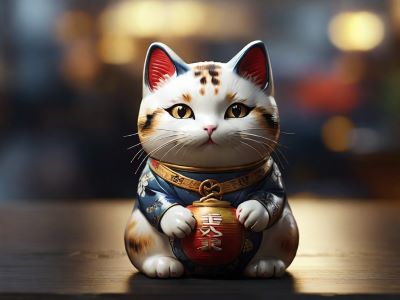
American Good Luck Charms
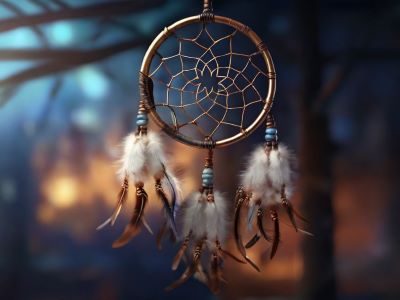
In the United States, a fascinating array of good luck charms reflects the nation’s diverse cultural heritage. One popular charm is the Lucky penny, typically found heads up, believed to bring good fortune to the finder. Interestingly, the tradition of the lucky penny traces back to Civil War soldiers who viewed finding one as a sign of protection and luck. Another intriguing charm is the Horseshoe, often hung above doorways with the ends pointing upward to catch and hold good luck. This practice originated from European immigrants, particularly the Irish, who brought the belief in horseshoes as protectors against evil spirits. Furthermore, the Dreamcatcher, originating from Native American cultures, has gained popularity as a good luck charm, believed to ward off nightmares and promote positive dreams. These charms not only showcase American superstitions but also highlight the nation’s rich tapestry of cultural influences and beliefs.
Australian Lucky Charms
Australia’s cultural landscape is dotted with fascinating symbols of good fortune, many of which are deeply rooted in Aboriginal traditions. Among these, the Boomerang stands out as a powerful emblem of luck and resilience. Used for hunting and ceremonial purposes, the boomerang embodies the cyclical nature of life and the belief in the return of positive energy. Another notable charm is the Aboriginal Lucky stone, known for its ability to ward off evil spirits and bring blessings to those who possess it. These stones are often found in rivers or sacred sites and are believed to carry the essence of the land’s spiritual energy. Additionally, the Didgeridoo, a traditional wind instrument, holds significance beyond its musical prowess. It is thought to channel the vibrations of the earth and connect the player with ancestral spirits, bringing luck and protection to those who play or listen to its haunting melodies. Together, these Australian good luck charms offer a glimpse into the ancient wisdom and mystical beliefs of the continent’s indigenous peoples.
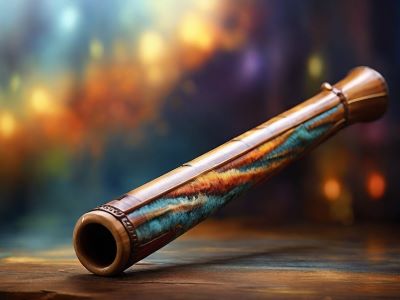
African Good Luck Charms

African cultures boast a rich tapestry of good luck charms, each steeped in tradition and symbolism. One such charm is the Mboko shell, originating from the coastal regions of West Africa. These shells, often adorned with intricate carvings and passed down through generations, are believed to ward off evil spirits and bring prosperity to their owners. Another notable charm is the African Violet, a delicate flowering plant associated with love, protection, and healing. It is commonly grown in homes across Africa as a symbol of good fortune and spiritual well-being. Additionally, the Elephant Hair Bracelet is a cherished talisman believed to bring strength, wisdom, and good luck. Crafted from the hair of elephants—a revered animal in many African cultures—these bracelets are worn for protection and to attract positive energies into the wearer’s life.
Best Lucky Charms for Gambling
Gamblers around the world have long relied on specific charms to enhance their odds of success in games of chance. Here are five intriguing examples:
Lucky Rabbit’s Foot
Originating from both African and Celtic folklore, the rabbit’s foot is perhaps one of the most iconic symbols of luck in gambling. Carrying a rabbit’s foot is believed to bring good fortune and protection to the bearer, especially in games like poker and roulette. Its association with speed and agility further enhances its appeal among gamblers seeking an edge.
Ace of Spades
In many cultures, the ace of spades holds a special significance, often considered the most powerful card in the deck. In gambling circles, carrying an ace of spades card or wearing it as a charm is believed to bring luck and success, particularly in card games like blackjack and poker. Its dark, mysterious imagery adds to its allure as a symbol of good fortune.
Golden Dice
Gold has long been associated with wealth and prosperity, making golden dice a popular charm among gamblers looking to attract fortune. Whether it’s a pair of actual gold dice or a representation of them in jewelry or artwork, the shiny allure of gold combined with the randomness of dice appeals to those seeking luck in games of chance like craps and baccarat.
Horseshoe Keychain
The horseshoe is a symbol of luck in many cultures, but when it comes to gambling, its appeal is undeniable. Gamblers often carry miniature horseshoes as keychains or charms, believing that the horseshoe’s shape and the tradition of hanging it above doorways to ward off evil spirits will also bring luck at the gaming table. Whether it’s made of metal or wood, the horseshoe remains a timeless talisman for luck in gambling.
Triple 7 Charm
The number seven has long been associated with luck and good fortune, and in the world of gambling, the triple seven charm holds particular sway. Whether it’s a pendant, a keychain, or even a tattoo, the sight of three sevens lined up is believed to signal imminent success and big wins, especially in slot machines and other games where combinations matter. Its widespread popularity in casinos around the world speaks to its enduring appeal among gamblers seeking that elusive jackpot.
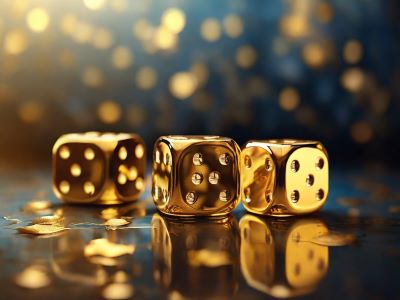
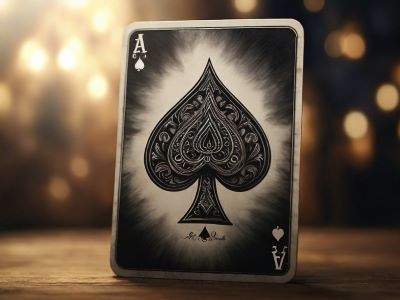
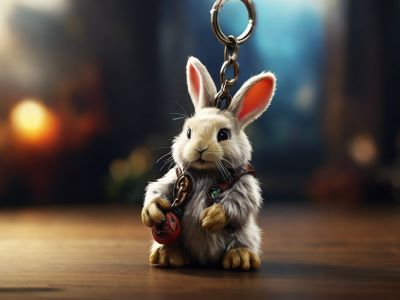
Bad Luck Charms
While good luck charms are widely celebrated, their counterparts, bad luck charms, evoke fear and caution. These symbols, believed to bring misfortune or disaster, have a grip on the collective psyche of cultures around the world. Here are five intriguing examples:
The Broken Mirror: Across cultures, breaking a mirror is associated with seven years of bad luck. This superstition dates back to ancient Rome, where mirrors were considered to be windows to the soul. Breaking one was thought to damage not only the mirror but also the soul it reflected, leading to prolonged misfortune.
- The Number 13: Triskaidekaphobia, or the fear of the number 13, is widespread in Western cultures. Buildings often skip the 13th floor, and some airlines omit row 13 on planes. This fear has roots in various historical and cultural sources, including Norse mythology, where the mischievous god Loki was said to be the 13th guest at a banquet that ended in chaos.
- The Black Cat: In many Western countries, encountering a black cat crossing your path is considered an omen of bad luck. This superstition traces its origins to medieval Europe, where black cats were associated with witches and evil spirits. In contrast, in some cultures like Japan and the United Kingdom, black cats are symbols of good luck and prosperity.
- The Upside-Down Horseshoe: While the horseshoe is generally regarded as a symbol of good luck when hung with the open end up, hanging it upside down is believed to invite bad luck. This superstition is thought to have originated from the Christian belief that the inverted horseshoe resembles the devil’s horns, bringing curses rather than blessings.
- The Thirteen Steps: Legend has it that the steps leading to the gallows or executioner’s platform traditionally numbered thirteen, symbolizing the final journey of the condemned. Walking up or down these steps was believed to invite death or misfortune upon the person. This superstition persists in various forms across cultures, reminding people of the fragility of life and the consequences of tempting fate.
These examples show how deeply ingrained fears and beliefs about unlucky symbols are. Coming from old myths, cultural practices, or religious ideas, these symbols still fascinate people. They act as warnings not to challenge luck or attract negative outcomes.
How Lucky Charms for Gambling Work
In the gambling world, objects considered to be lucky or talismans wield a powerful psychological influence, nurturing a profound sense of assurance and a positive outlook among those who rely on them. These symbols act as tangible representations of an individual’s desires and convictions in their ability to sway results to their advantage, in spite of the inherently unpredictable nature of gambling. The engagement with such symbols significantly shifts a gambler’s psychological landscape, instilling a heightened resistance to the apprehension of defeat and fostering an increased anticipation for success. This mental transformation, anchored in the psychological concept known as the placebo effect, can lead to alterations in behavior, such as adopting more strategic risks or persisting in gambling pursuits for extended periods, thus affecting the overall gambling experience. While these lucky charms of gambling possess no inherent capability to influence the probability of outcomes, their true potency resides in their ability to reshape the gambler’s mental attitude and approach to the activity.
It’s crucial to understand that the choices you make are your own responsibility, so always engage with mindfulness and accountability.
